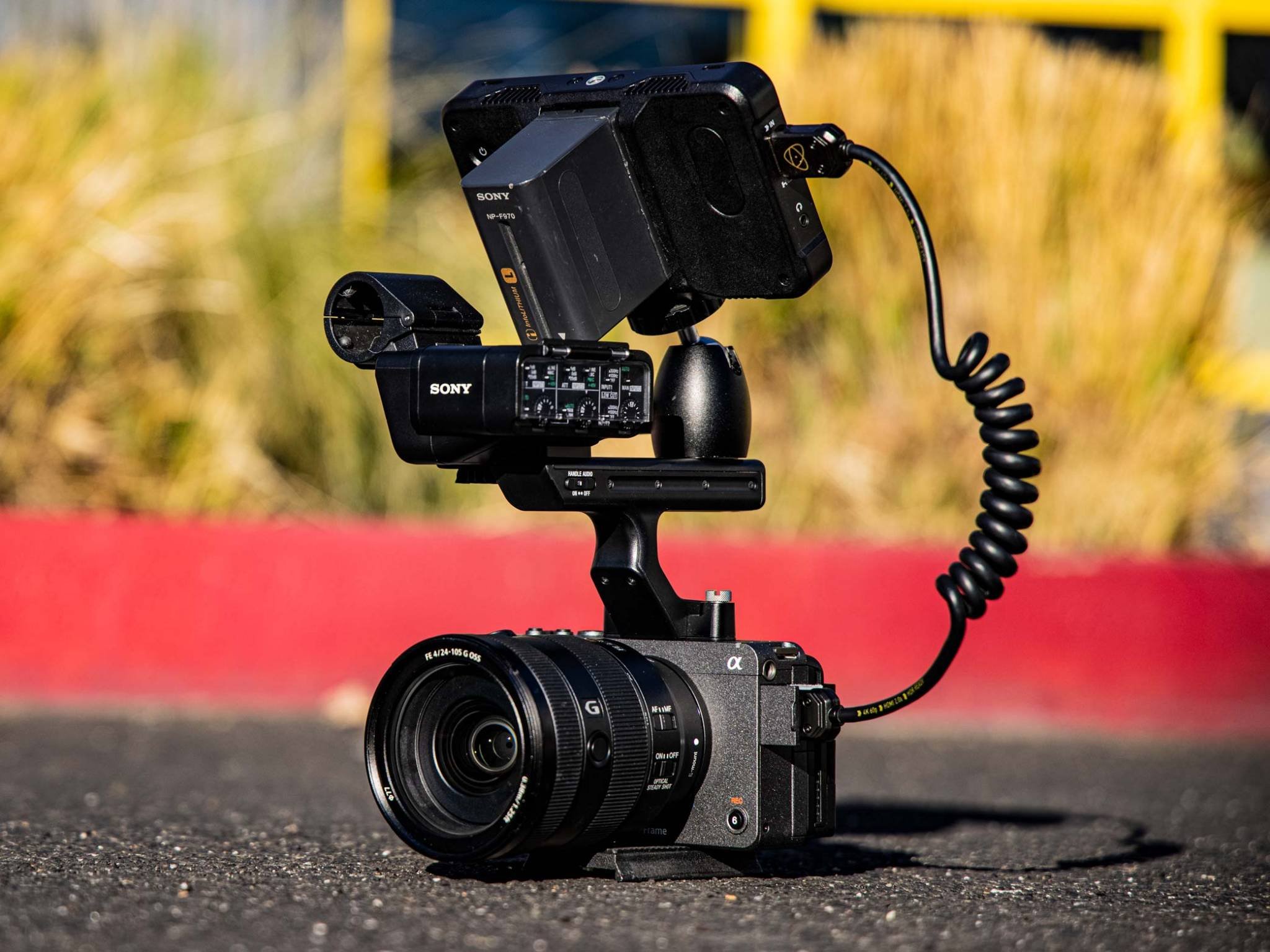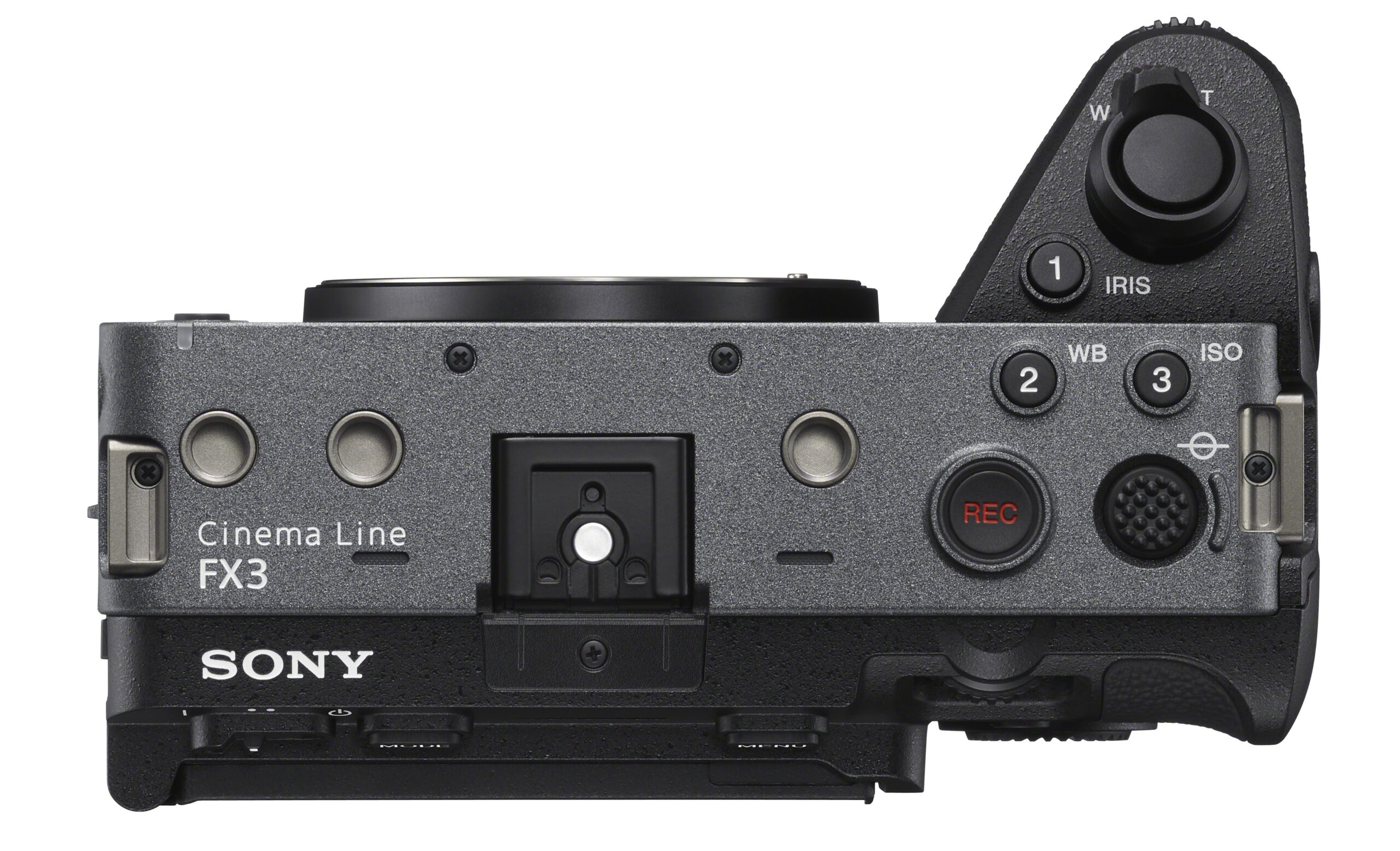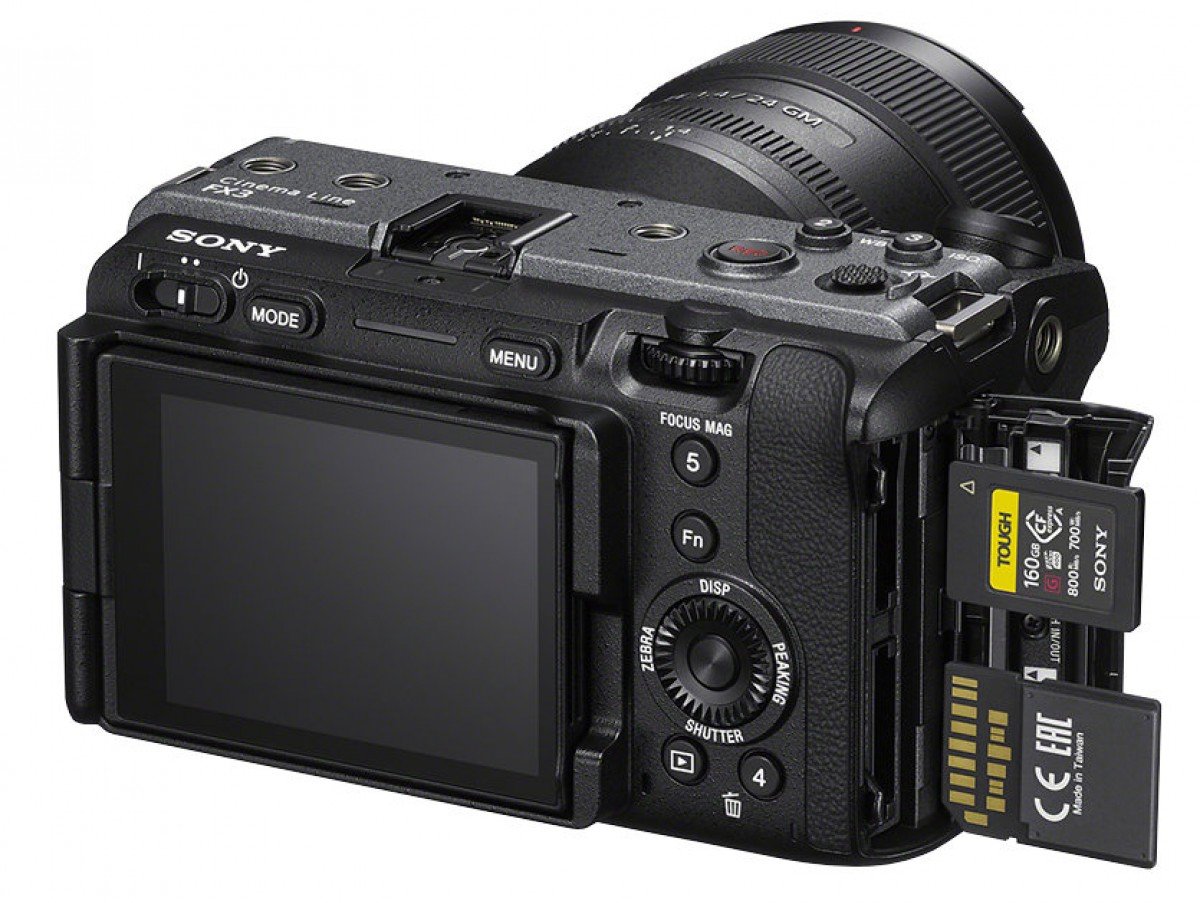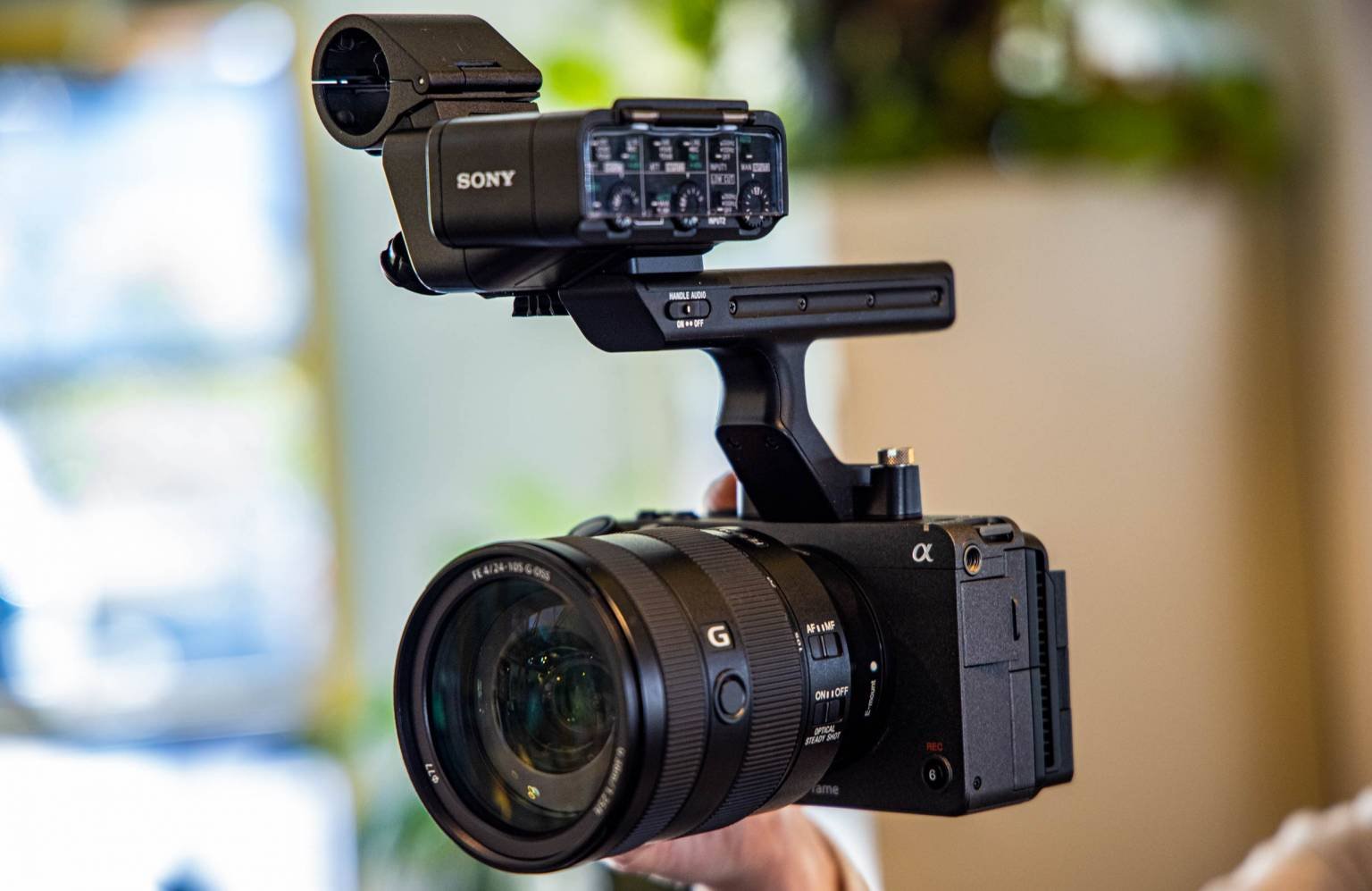Sony FX3: The Compact Cinema Powerhouse – Worth the Hype?

Sony’s FX3 burst onto the scene aiming to redefine the compact cinema camera. It’s not just a stills camera repurposed for video; it’s built from the ground up for filmmaking, squeezing a professional workflow into a surprisingly small and lightweight body. But does it truly deliver on its promise? Let’s dive in.
The FX3 inherits the excellent image quality of the FX6 and FX9, boasting a full-frame sensor capable of stunning 4K video at up to 120fps. Low-light performance is genuinely impressive, thanks to the sensor’s exceptional dynamic range and noise handling capabilities. Skin tones render beautifully, and the color science is classic Sony, lending a pleasing, cinematic look right out of the camera. The inclusion of S-Cinetone is a welcome addition, providing a ready-to-go, film-like profile for those who prefer minimal post-processing.
Design-wise, the FX3 prioritizes functionality. The body is remarkably compact and lightweight, making it ideal for handheld shooting and gimbal work. It’s covered in strategically placed 1/4″-20 mounting points, eliminating the need for a cage in many situations. The articulating screen is bright and clear, though it can feel a little small at times, especially when using the waveform monitor. Button placement is generally well thought out, offering quick access to essential settings like ISO, shutter speed, and white balance.

However, the lack of built-in ND filters is a significant omission, especially considering the FX3’s target audience. This necessitates the use of external filters, adding bulk and complexity to the setup. Additionally, the reliance on the side-opening screen design, which obstructs ports when fully extended, can be frustrating in tight shooting scenarios. While internal recording options are excellent, the absence of RAW output directly limits flexibility in demanding post-production workflows.

The autofocus system is a standout feature. Sony’s Real-time Eye AF is incredibly accurate and reliable, tracking subjects with ease even in challenging conditions. This makes it a game-changer for solo shooters or those working in run-and-gun situations. The internal fan keeps the camera cool even during extended recording sessions, minimizing the risk of overheating.
The FX3 is not a cheap camera. Its price tag places it firmly in professional territory. The value proposition depends heavily on your specific needs. If you prioritize image quality, portability, and autofocus performance above all else, the FX3 is a compelling option. However, the lack of built-in ND filters and RAW output should be carefully considered, especially for those with specific workflow requirements.
Ultimately, the Sony FX3 is a potent and versatile cinema camera that excels in portability and ease of use. Its impressive image quality and autofocus capabilities make it a valuable tool for filmmakers seeking a compact and capable solution. It’s ideally suited for documentary filmmakers, vloggers, and independent filmmakers who need a camera that can keep up with their fast-paced workflows.

Where to Buy:
Sony FX3 Quick Summary
Key Scores:
- Value: 97%
- Design: 92%
- Performance: 95%
- Quality: 95%
- Popularity: 95%
Top Pros
- ✅ The full-frame sensor delivers exceptional image quality, even in low light.
- ✅ The compact and lightweight design makes it perfect for handheld and gimbal use.
- ✅ Sony’s Real-time Eye AF system provides incredibly accurate subject tracking.
- …
Key Cons
- ❌ The lack of built-in ND filters is a significant inconvenience for filmmakers.
- ❌ The side-opening screen can obstruct ports when fully extended, limiting accessibility.
- ❌ No internal RAW video recording means less flexibility in post-production workflows.
- …























